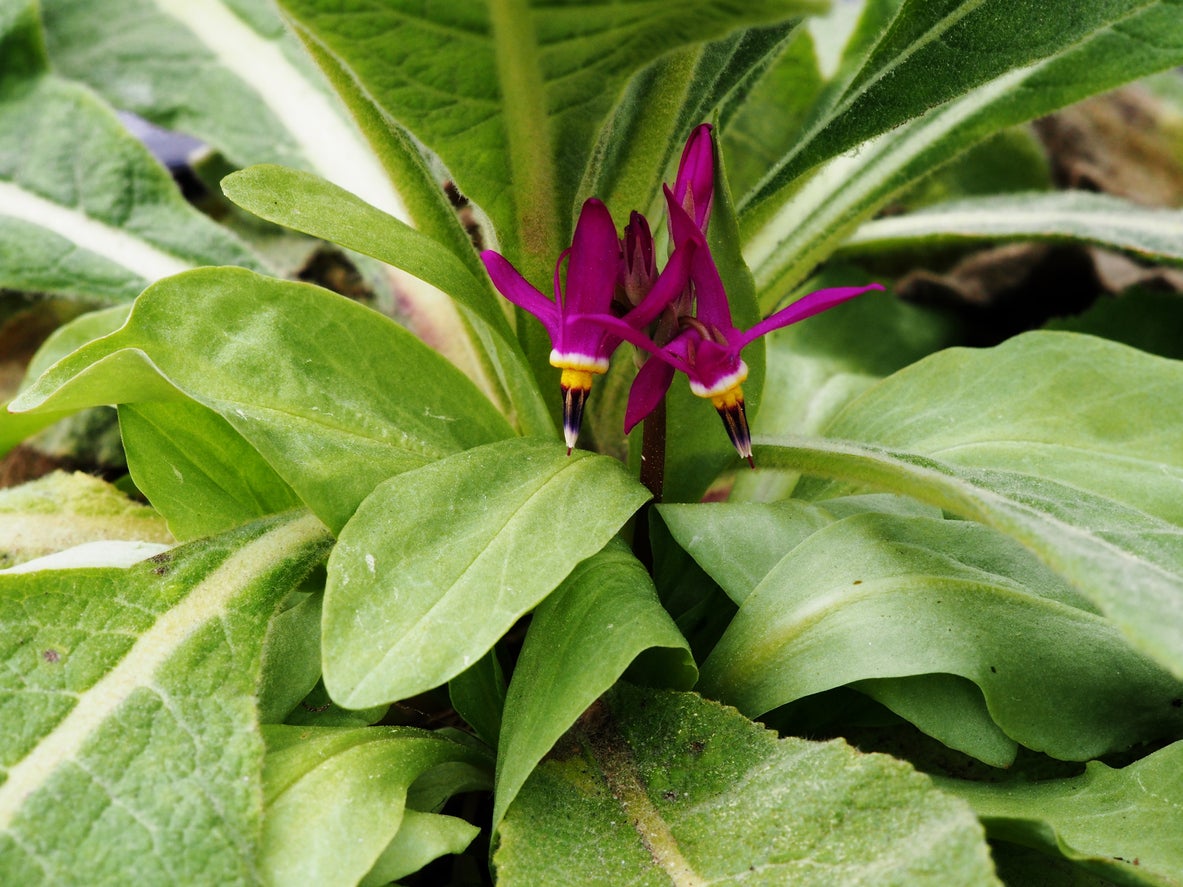Shooting Star Division – How To Divide Shooting Star Plants


Botanical names can be a mouthful and often meaningless to the hobby garden enthusiast. Take the case of Dodecatheon meadia. The science community will find the name useful, but for us, the charming name shooting star is both descriptive and evocative. As it is a perennial, dividing shooting star is the easiest and quickest method of propagation. Read more below on how to divide shooting star and create more of these whimsical plants to adorn your garden or share with a friend.
How to Divide Shooting Star Plants
Native plants are wonderful additions to the landscape due to their adaptability and ease of care. In the case of perennials, you can have two for the price of one after just a couple of years by the process of division. This propagation method is easy provided you do it at the right time of the year, so you don't harm the plant or sacrifice flowers.
Shooting star can be grown from seed, but it is notoriously difficult. The easiest way to make more of these fairytale plants is by dividing the plant when it is mature. As with most perennials, it is best to divide them in fall when they are dormant. This is to avoid harming any new leafy growth or buds and helps avoid transplant shock. Plant these right away in a bed or container in a shady or partially sunny location.
In warmer regions, the plant can be divided in early spring or even late winter. If freezing is suspected, keep plants temporarily in a cold frame until they can be planted outside.
Before splitting shooting star, deadhead old blooms and let the soil dry for a week. This will allow the plant to focus on root development after transplant and rapidly uptake water to the moisture-starved plant. The practice forces a vigorous root system that forms quickly.
Prepare a weed-free, well-draining garden bed or container. Dig carefully around the fibrous root system and lift the plant from the soil, then wash the soil off the roots. Look at the fibrous roots and you will notice some have a brownish-black dot – this is a future plant. Remove just a few of these as divisions.
Plant the divisions and mother plant immediately in the prepared soil. Divided roots should be planted flat with a small amount of soil to cover them.
Sign up for the Gardening Know How newsletter today and receive a free copy of our e-book "How to Grow Delicious Tomatoes".
Caring for Shooting Star Divisions
Once you are finished dividing shooting star and installing them into the soil, water them in well. New rosettes will form quickly. Move rosettes to larger pots to continue their care until it is time to plant them out. In good planting soil, the young plants should not require fertilization, but a bit of compost tea can help start them off well.
Watch for weeds and pests and combat as they occur. Dividing shooting star is recommended every 3 years or as needed. Division is a much faster method than plants started from seed which can take 2 to 3 years for blooms to appear. Divisions can bloom within a year.

Bonnie Grant is a professional landscaper with a Certification in Urban Gardening. She has been gardening and writing for 15 years. A former professional chef, she has a passion for edible landscaping.